- Positions of Both Teams
- Movement
- Deployment of Vehicles
- Directions of Shots
Commanders,
We've got some sun, sand, and sea. The perfect tropical paradise and a battlefield that promises a myriad of possibilities. Fresh from Recon Mission, let's take a look at the makings of the Oyster Bay map!
A: We actively used models created using modern photogrammetry technology. This greatly increased their quality and detail. We captured the landscape elements we wanted and added them to the map.
Q: We noticed a turret that keeps firing at the seaside. Are there more interesting features to look out for?
A: A volcano ready to erupt is the hallmark of the map. At some points, you can see planes in pursuit between rocks or crashing into a bunker.
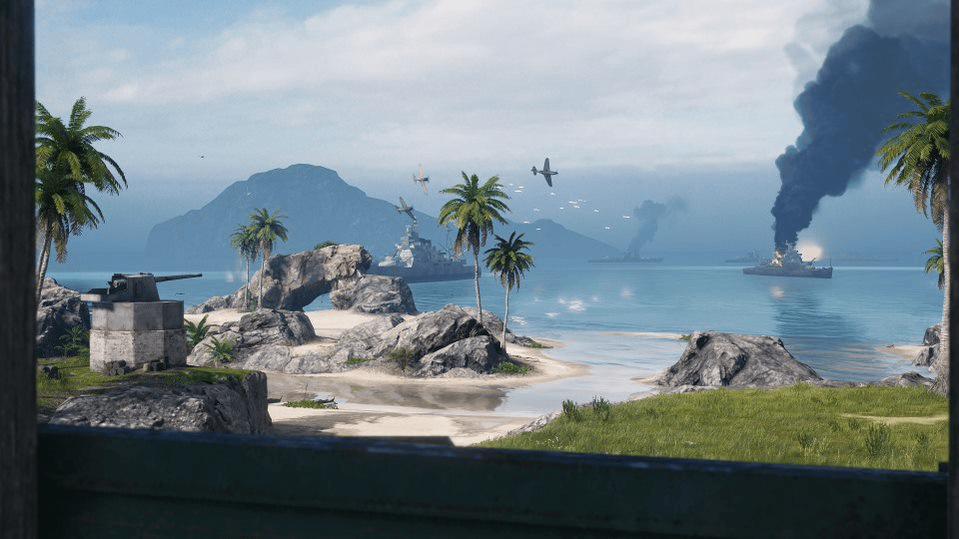
Q: Which part of Oyster Bay was the most challenging to create?
A: The whole map was a challenging experiment for the development team. However, the most reworked area was the port area. The setting and visual style changed several times.

Q: How did the team overcome the challenges of making Oyster Bay?
A: Oyster Bay is a special map. It has an absolutely unique setting and size for our project. This required a huge amount of work from us in prototyping, creating new models, textures, and testing.
To adapt to the new conditions, we experimented a lot.
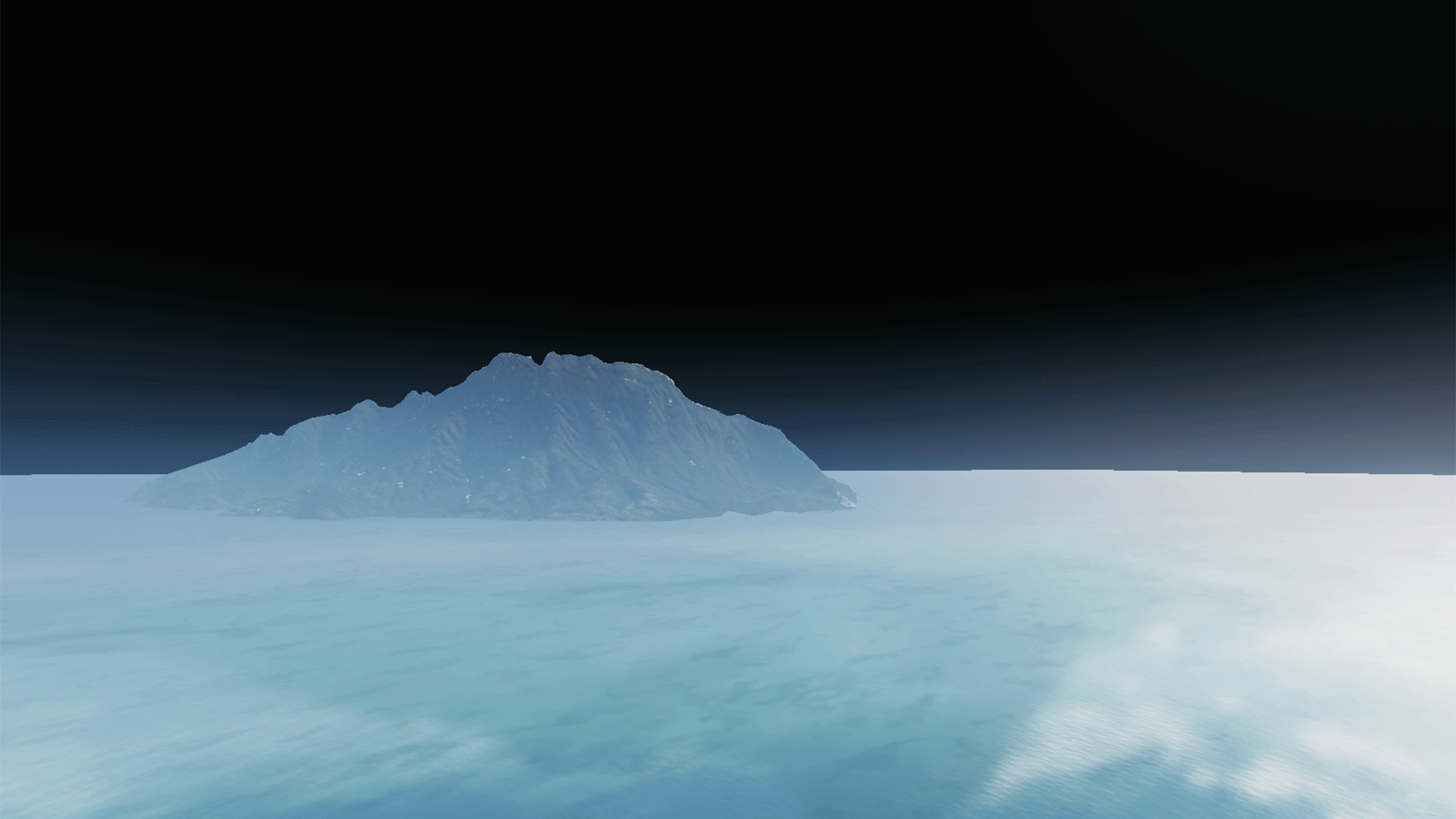
Q: How was work on Oyster Bay carried out after Recon Mission? Were there any key changes to the map?
A: After Recon Mission, we practically did not make any serious gameplay changes, however, we heavily modernized the visuals. The main idea of the map remains — the island, but the setting was changed to a more realistic one. A whole infrastructure of an important strategic island during the Second World War was deployed, and one of the locations was redesigned as a port.
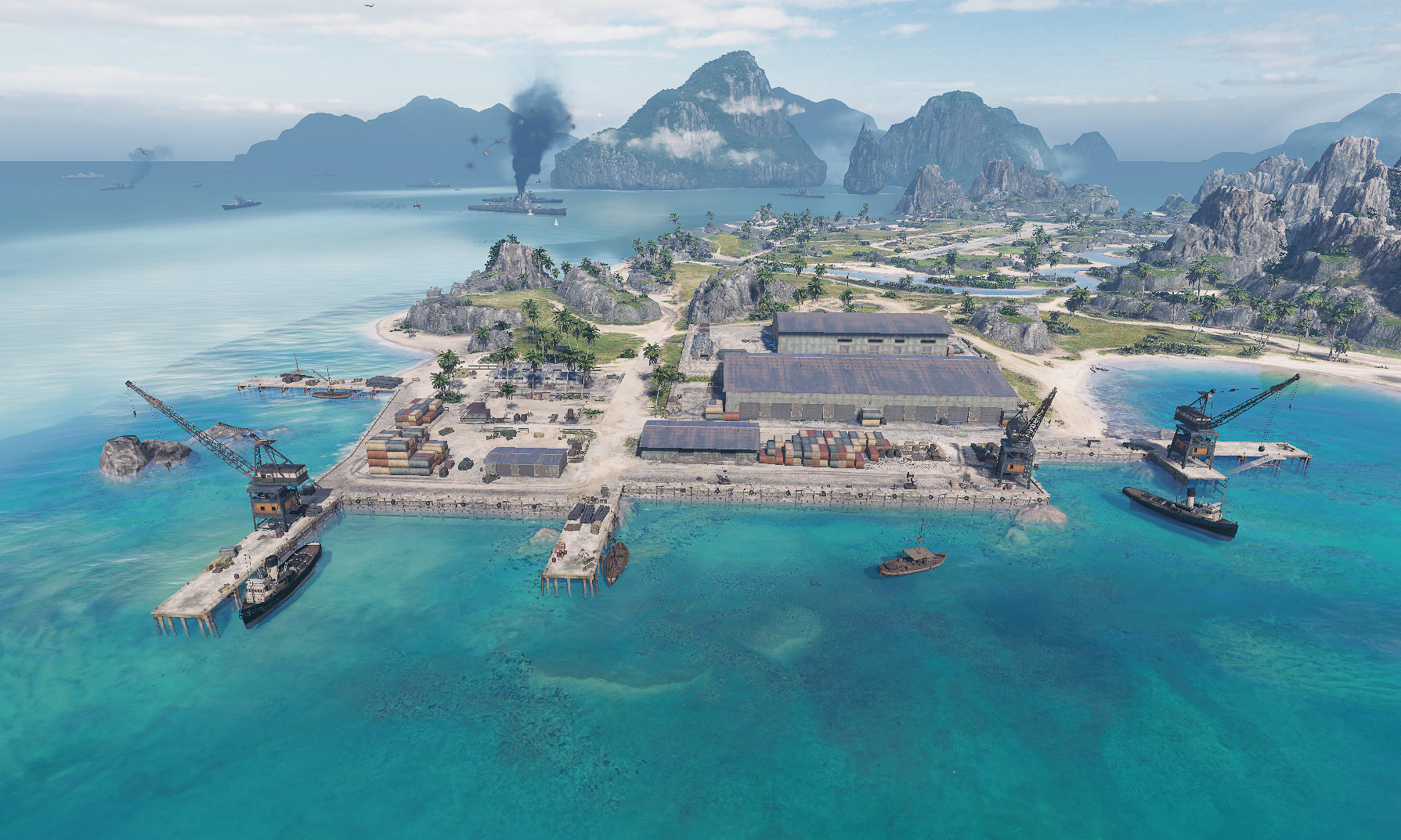
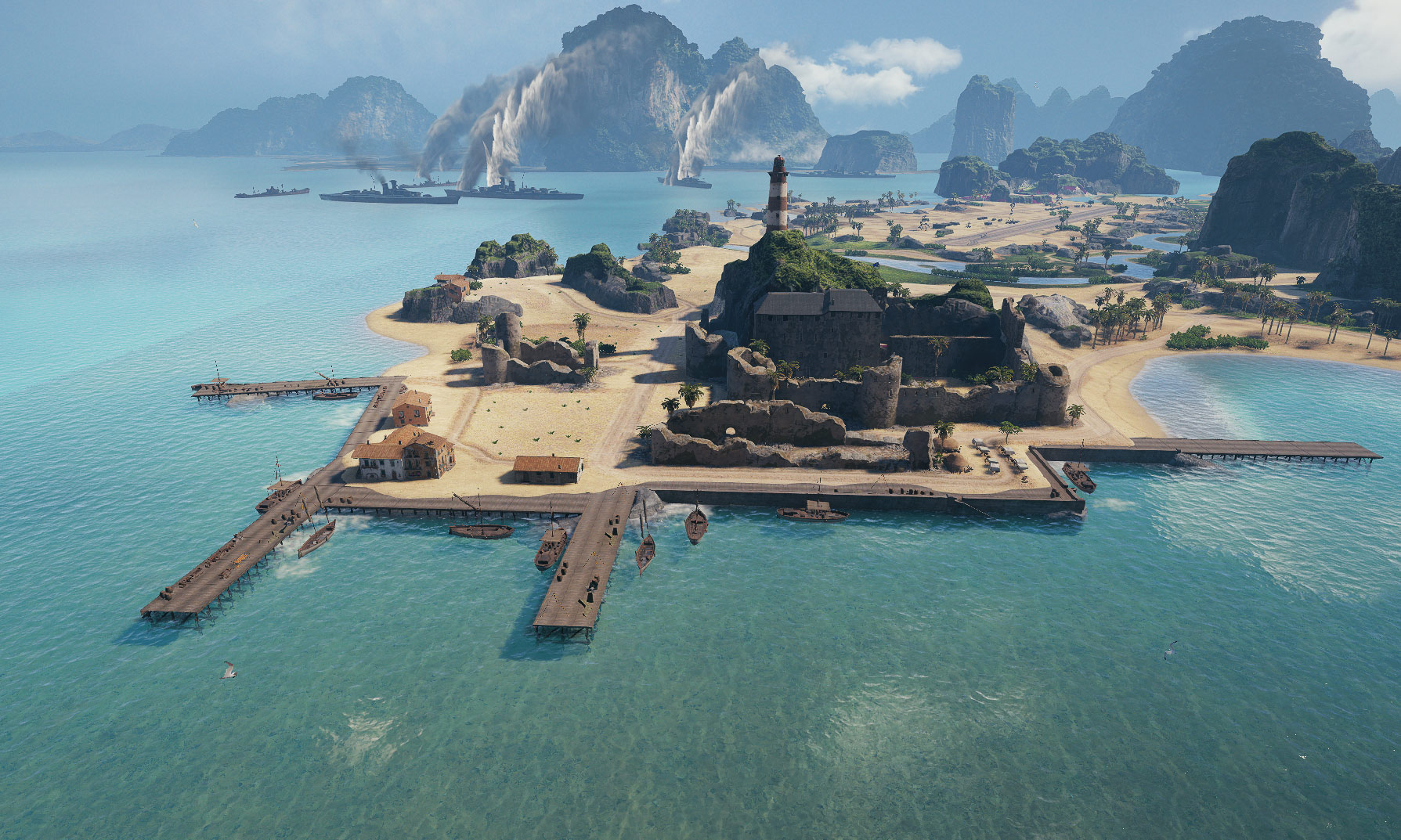
Q: When we had Recon Mission, players evaluated that Oyster Bay facilitated tactical variety for every tank class. Can you tell us about designing balance in Oyster Bay?
A: One of the key reasons when creating the map was to provide a variety of gameplay for all classes of vehicles due to the large size and shape. With the understanding of the kind of gameplay players of each vehicle class prefer from the experience of previous maps, we have implemented it in the new setting.
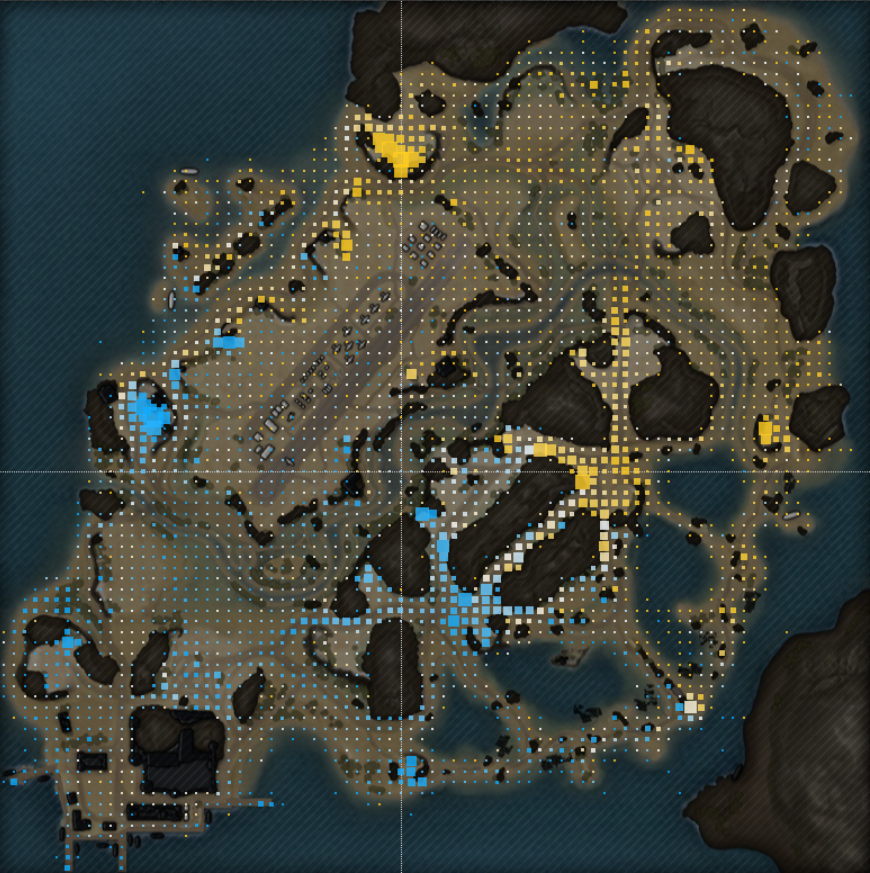
Blue - First team
Yellow - Second team
_pc1v9Ru.png)
Orange - First team
Blue - Second team
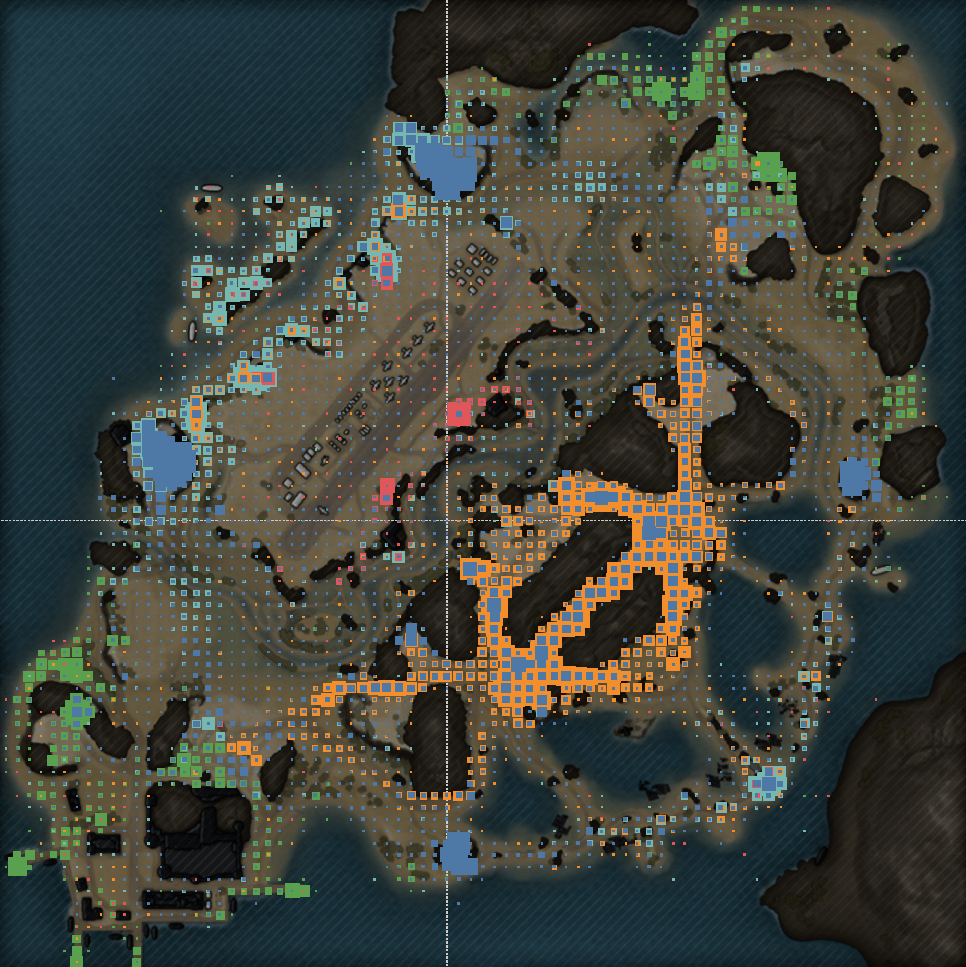
Blue - Tank Destroyers
Orange - Heavy Tanks
Red - Light Tanks
Turquoise - Medium Tanks
Green - SPGs
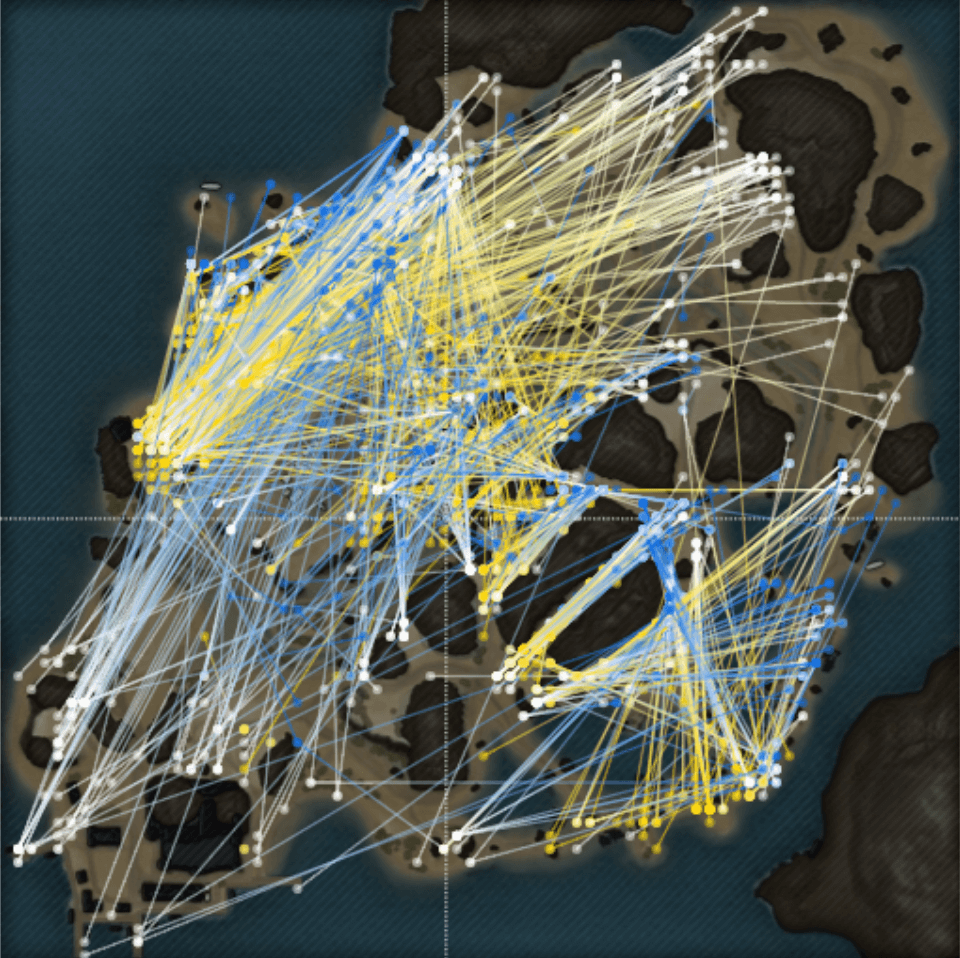
Yellow - From the second team
Blue - From the first team
Now that we know the journey it took to get here, let's look at some of the interesting points about Oyster Bay. Use these tips to dominate this beautiful battlefield now that it has been released in Random Battles!















The coast is intended for mid-armored, fast, and maneuverable vehicles.


The shallow part of the river cannot be called a full-fledged direction, but it can play an important role in the tactics of outflanking the enemy.


A subdirection for heavily armored vehicles. Elevated positions that allow for controlling most of the map.


The rocky gorge is well suited for the gameplay of heavily armored vehicles. It is well protected from SPG fire, as well as from flank attacks by the enemy.


The terrain of the coast with oyster farms is very uneven. Vehicles with good gun depression angles can fully unlock their potential here.


Positions with thick vegetation for long-range sniping. These are good for controlling the adjacent areas and repelling flank attacks.


Positions with thick vegetation for long-range sniping. These are good for controlling the adjacent areas and repelling flank attacks.


Positions with thick vegetation for long-range sniping. These are good for controlling the adjacent areas and repelling flank attacks.


Positions with thick vegetation for long-range sniping. These are good for controlling the adjacent areas and repelling flank attacks.


Positions with thick vegetation for long-range sniping. These are good for controlling the adjacent areas and repelling flank attacks.


Positions with thick vegetation for long-range sniping. These are good for controlling the adjacent areas and repelling flank attacks.


Bypass routes behind the bases. They become important when battles come to an end.


Bypass routes behind the bases. They become important when battles come to an end.
The musical theme of the Oyster Bay map is as fresh and exotic as the location itself. It is set in a ¾ time signature, which is rare for the World of Tanks soundtrack, and consists of two elements that accentuate the rhythm and the melody, respectively, and gradually intertwine. The rhythmic part is inspired by the Tumahik war dance. It conveys the theme of an imminent conflict, while the melodic part expresses the awesome natural beauty of this war-torn place.
Other soundtracks are available in our Music Archive in the button below.
Roll Out, Commanders!